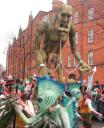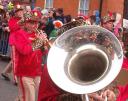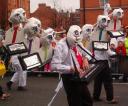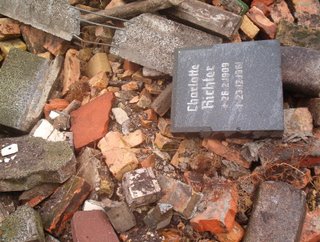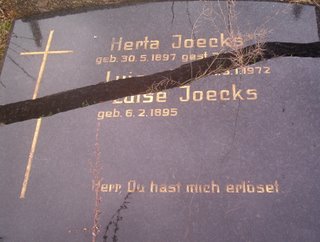Luck of the Irish
What kind of music does a leprechaun band play? Sham Rock. Ba-dum-dum.
I headed over to Ireland for St. Patrick's Day. At 45 euros round-trip airfare, I just couldn't say no. I mean, that's cheaper than a non-sale rail return to Berlin for goodness sake!
I wanted to photograph a green Liffey (the river dividing Dublin into north and south). While it appears they’ve stopped that tradition (replacing it instead with green night lighting — probably a more environmentally conscious choice), I took more than a few photos of the colorful parade.
If some of these pictures seem weirdly sized, it is because I had to crop out the green hats and bald heads of Spaniards standing in front of me. The parade was heavy on puppets, stilts and American marching bands. What do a giant eye and a few monsters and dinosaurs have to do with St. Patrick’s Day? I can’t riddle you that either.
There is a chain of stores, Carroll’s Gifts of Ireland, which must earn half of its yearly income on Irish-themed kitsch and krap this weekend alone. Everyone — native and tourist alike — gets into it, sporting garish hats, leprechaun beards, shamrocks, and orange-white-green anything. Here two examples:
I don’t think you even have to know Gaelic to get that one.
From the parade, I headed over to the Ceili Mor — an outdoor street dance with Celtic music. The company sponsoring it handed out big foam fingers, which these kids put to good use:
Also there, I spotted this little guy, showing that Irish men learn to hit the bottle pretty early on St. Patty’s Day:
All in all, I thought Dublin seemed well prepared for the crowds and their refuse (littering is a popular Irish sport), with police officers and cleaning crews on duty everywhere from my arrival to my departure. Having been to Ireland twice before on the day after St. Patrick’s Day, I can attest to a marked improvement. You can read more about the events and the windy, snowy weather here.





